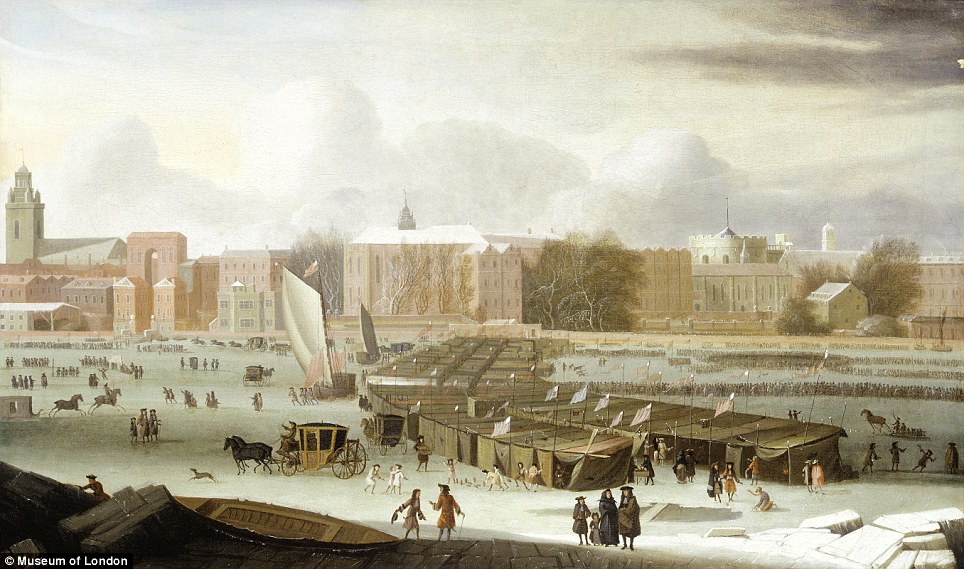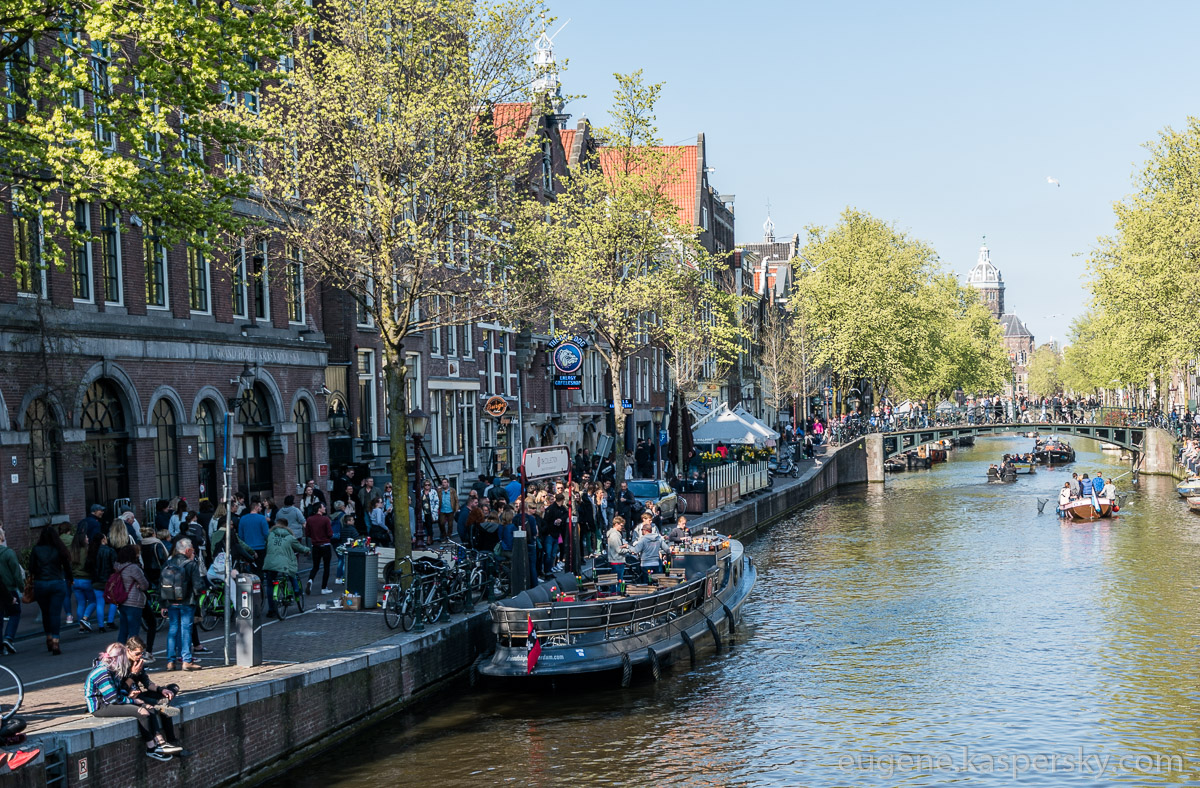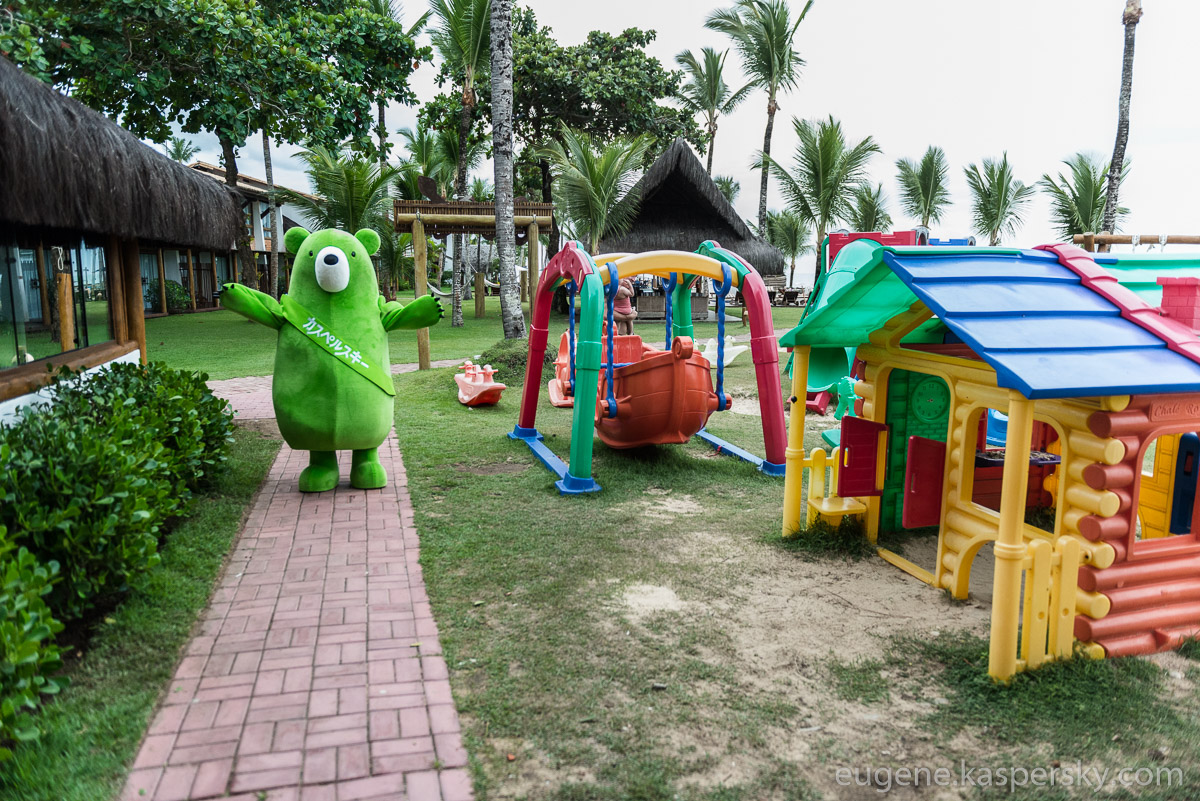April 27, 2017
Cyber-Forecast: 2017.
Such is the way Homo Sapiens are: we’re constantly – even recklessly – looking to the future to try and work out what it might hold for us. Many say we should all live in the present – after all, the future never comes – but, well, that doesn’t work for everyone, and most of us do need to make at least some plans for our futures.
But there are different approaches to looking ahead.
There’s belief in fate, pure guessing, flipping a coin, and so on. There’s also not thinking about the future at all. But there’s a far superior, science-based approach too. This is doing the eastern spirituality thing a bit – not quite being in the present but carefully analyzing the present instead – to be able to predict the future as accurately as possible. And this is exactly what is done to predict the cyber-future; in particular – the security of the cyber-future. And that’s what we do – little by little every day, but also broadly and deeply and especially – and merrily – every year, when we bring together the world’s cybersecurity elite for a week-long pow-wow in a tropical seaside resort, which pow-wow we call the Security Analyst Summit (SAS):
Oops – wrong vid. Here u go…:
Dough! Nope. This one:
I don’t know quite how it’s done but every single year SAS just gets better. I mean, it’s always been GReAT, but the GReATness just keeps going up and up: more experts, better quality content, better and more original ideas, slicker, cooler, and more and more world scoops and exclusive material.
And it’s exclusive material that I’ll be writing about in this here post. Specifically, my Top-5 favorite presentations from SAS-2017. I’m not saying the others were no good or just so-so, it’s just I wasn’t physically able to see them all as they were running simultaneously in different halls. Also – everyone has their own taste; well here’s a guide to mine!…
Off we go!…





![YOU CAN NEVER GET TOO MANY AWARDS. SEE 1ST COMMENT FOR ENGLISH ⏩
"А из нашего окна страна Австрия видна!" - практически (с). Но в этих австриях я был не смотреть из окна, а по многочисленным деловым делам, первое из которых - лично получить несколько важных наград и множество сертификатов от независимой тестовой лаборатории AV-Comparatives.
Это далеко не первая наша награда. Скажу больше - на протяжении последних десяти лет по результатам независимых тестов к нам даже близко ни один конкурент не подобрался. Но почему тогда такое внимание конкретно к этой победе? Ответ простой: густопопсовый геополитизм. В наше весьма геополитически [очень мягко говоря] непростое время... Ну, если отбросить все казённые слова, то будет, как в известном анекдоте про поручика Ржевского. В той самой истории, когда ему указали повторить свою фразу без матерщины. На что тот ответил: "Ну, в таком случае я просто молчал".
Так вот, в наше "поручико-ржевско-молчаливое время" участвовать и получить первые места в европейских тестах - это за пределами научной и ненаучной фантастики. Что в целом совпадает с одной из основных парадигм моей жизни: "Мы делаем невозможное. Возможное сделают и без нас" (с). Большими трудами и непомерными усилиями - да! Это можно! Мы заделали такие продукты, такие технологии, такую компанию - что даже в непростое время нас и в Европах знают, уважают, любят и пользуются. Ура!](https://scontent-iad3-2.cdninstagram.com/v/t51.29350-15/430076034_1096357205018744_692310533755868388_n.heic?stp=dst-jpg&_nc_cat=103&ccb=1-7&_nc_sid=18de74&_nc_ohc=XLII-tX29aoAX80SM4u&_nc_ht=scontent-iad3-2.cdninstagram.com&edm=ANo9K5cEAAAA&oh=00_AfBINCtkZ3-r_aTvdSC36JELI05V6PuBnMWs672PK3GsBQ&oe=65E63D48)


















